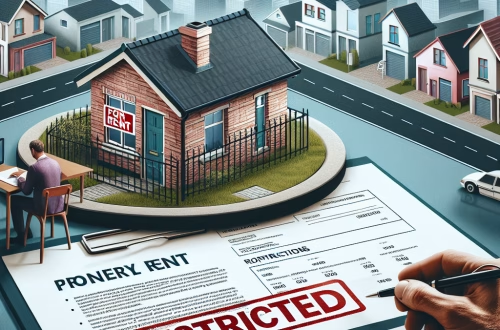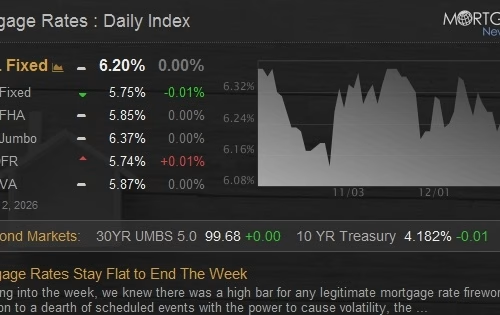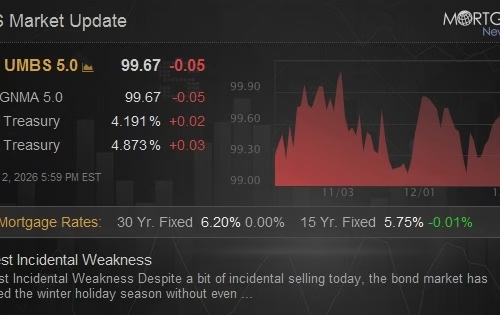Can I Get a Mortgage Loan for a Vacation Home?
Summary:
Securing a mortgage for a vacation home unlocks opportunities for personal enjoyment, rental income, or long-term investment, but differs significantly from primary residence loans. Lenders impose stricter requirements, including higher credit scores, larger down payments, and lower debt-to-income ratios. This article clarifies eligibility criteria, loan types, and approval processes while highlighting financial risks like variable interest rates and occupancy restrictions. For aspiring homeowners, business owners, and investors, understanding these nuances is critical to avoid pitfalls like unexpected fees or loan denials. With demand for second homes rising post-pandemic, this guide delivers timely insights to help you navigate the market confidently.
What This Means for You:
- Higher financial thresholds: Expect 10-30% down payments and credit scores above 680. Start improving credit/debt ratios now.
- Rental limitations: Lenders may restrict rental frequency if classified as a second home (vs. investment property). Verify usage rules upfront.
- Tax implications: Deduct mortgage interest if the property meets IRS “second home” criteria. Consult a tax professional.
- Stricter appraisals: Remote or seasonal locations may face valuation challenges. Get a local specialist appraisal.
Explained: Can I Get a Mortgage Loan for a Vacation Home?
A vacation home mortgage is a loan used to purchase a secondary residential property, typically for seasonal or recreational use. Unlike primary residence mortgages, these loans carry stricter terms due to higher default risks. Key requirements include proof of stable income, reserves covering 2-6 months of payments, and a maximum debt-to-income (DTI) ratio of 45%. The property must be a single-unit dwelling, and borrowers usually occupy it for part of the year without relying on rental income for qualification.
Current market trends reveal rising demand for vacation homes, with lenders offering fixed-rate and adjustable-rate mortgages (ARMs). However, post-pandemic tightening has increased scrutiny of borrower liquidity. Interest rates are often 0.25%-0.75% higher than primary residence loans, reflecting the lender’s perceived risk. Second homes also face unique appraisal challenges in rural/tourist areas where comparable sales data is scarce.
“Can I Get a Mortgage Loan for a Vacation Home?” Types:
Conventional Loans: Most common for second homes, requiring 10-20% down and 680+ credit scores. Fixed-rate options (15-30 years) offer stability, while 5/1 or 7/1 ARMs provide lower initial rates for short-term ownership. Government-backed loans (FHA, VA, USDA) rarely apply, as most are reserved for primary residences.
Jumbo Loans: For high-value properties exceeding conforming loan limits ($766,550 in most areas). Require 20-30% down payments, 700+ credit scores, and substantial cash reserves. Ideal for luxury buyers but entail stricter income verification.
Portfolio Loans: Offered by local banks/credit unions that retain loans in-house, allowing flexible terms for unique properties. Down payments start at 15%, but interest rates may be higher. Suitable for non-warrantable condos or homes in restricted zones.
Requirements of “Can I Get a Mortgage Loan for a Vacation Home?”:
- Credit Score: Minimum 660-680 (higher than primary residences)
- Down Payment: 10%-30% (depending on loan type)
- DTI Ratio: ≤43-45% (including all mortgages)
- Reserves: 2-6 months of payments in savings post-closing
- Occupancy: Must occupy property part-time; full-time rentals disqualify “second home” status
“Can I Get a Mortgage Loan for a Vacation Home?” Process:
Step 1: Pre-Approval
Submit financial documents (tax returns, pay stubs, bank statements) to a lender. They’ll assess creditworthiness and provide a loan estimate outlining rates, fees, and borrowing limits.
Step 2: Property Search & Appraisal
Once under contract, the lender orders an appraisal to ensure the property’s value supports the loan. Unique vacation properties may require specialized appraisers familiar with the area.
Step 3: Underwriting & Closing
The underwriter verifies income, assets, and property details. Final approval triggers a closing disclosure review. At closing, you’ll sign loan documents, pay fees (2-5% of loan value), and receive ownership.
Choosing the Right Finance Option:
Compare lenders based on rates, fees, and expertise in vacation home markets. Credit unions or regional banks often provide personalized service for niche properties. Avoid loans with prepayment penalties or “interest-only” periods that inflate long-term costs. Lock rates early if market trends suggest increases, and prioritize fixed-rate mortgages for stability in volatile markets.
Red Flags: Lenders omitting origination fees in estimates, requiring excessive documentation late in the process, or pressuring adjustable-rate loans despite long-term ownership plans. Always request a Loan Estimate and Closing Disclosure for side-by-side comparisons.
People Also Ask:
1. Can I rent out my vacation home?
Yes, but lenders impose limits—typically 14-28 days annually—to maintain “second home” status. Exceeding this may reclassify the property as an investment, triggering higher rates or refinancing requirements.
2. Do vacation home mortgages affect primary home loans?
Yes. Your DTI ratio must accommodate both payments. Lenders assess risk based on total obligations, so high primary home debt may reduce second home eligibility.
3. Are down payments higher for vacation homes?
Significantly. While primary residences can qualify for 3-5% down, vacation homes require 10-30%, as lenders mitigate risk for non-essential properties.
4. Can I refinance a vacation home later?
Yes, but refinancing often requires 20-30% equity and re-verification of income/credit. Investment property refinancing carries stricter terms than second homes.
Extra Information:
IRS Topic 415: Rental Income & Expenses clarifies tax deductions for mixed-use vacation homes.
Fannie Mae Second Home Guidelines details occupancy and financing standards.
HUD Second Home Definition outlines government-backed loan restrictions.
Expert Opinion:
Securing a vacation home mortgage demands meticulous financial planning. Optimize credit health and cash reserves 6-12 months before applying, and vet lenders for second-home expertise—missteps in loan classification or occupancy agreements can incur penalties or foreclosure risks. With interest rates fluctuating, locking a fixed rate early often provides long-term savings.
Key Terms:
- second home mortgage loan requirements
- vacation home financing options
- investment property vs second home mortgage
- jumbo loan for vacation property
- low down payment vacation home loans
*featured image sourced by Pixabay.com
Automatic Mortgage Calculator
Welcome to our Automatic Mortgage Calculator 4idiotz! Please just add your figures in the correct sections below and the Automatic Mortgage Calculator will automatically calculate the results for you and display them at the bottom of the page.





